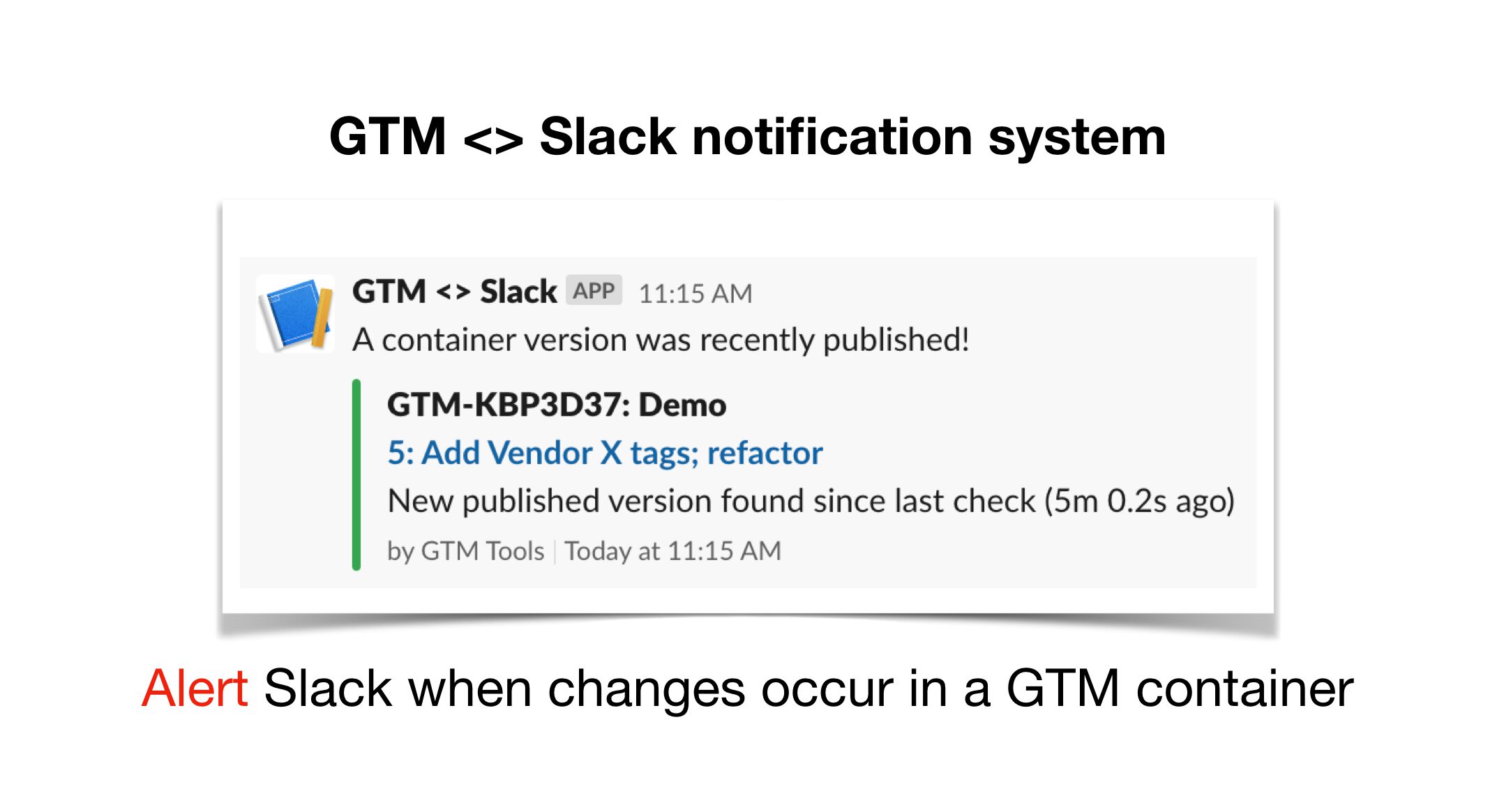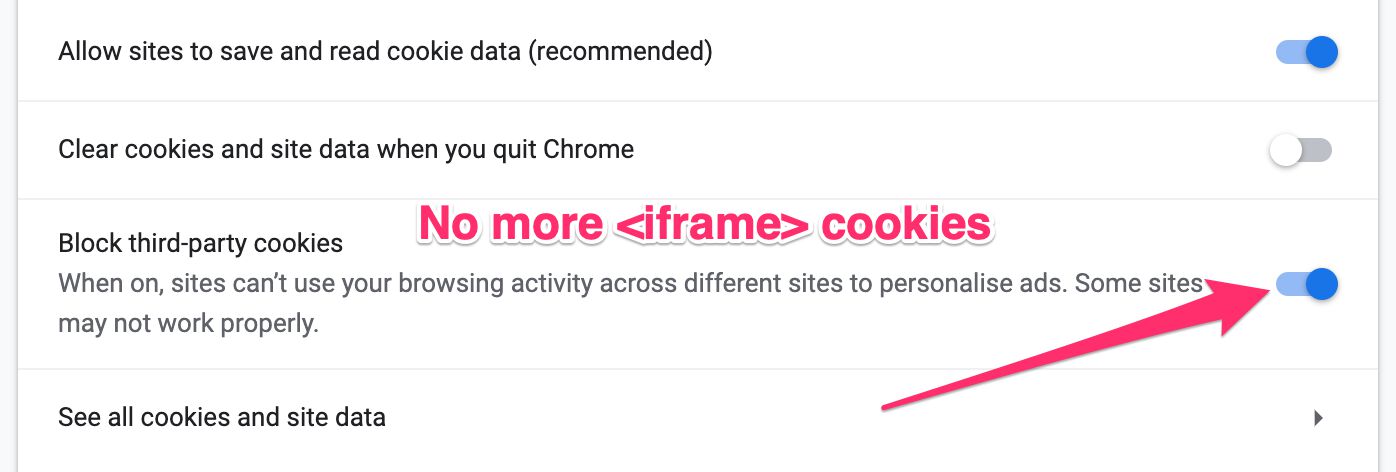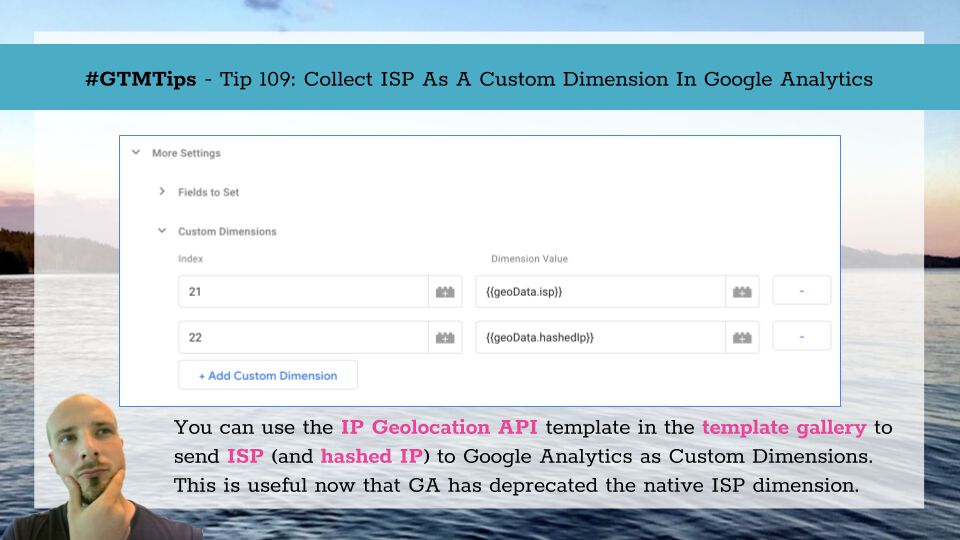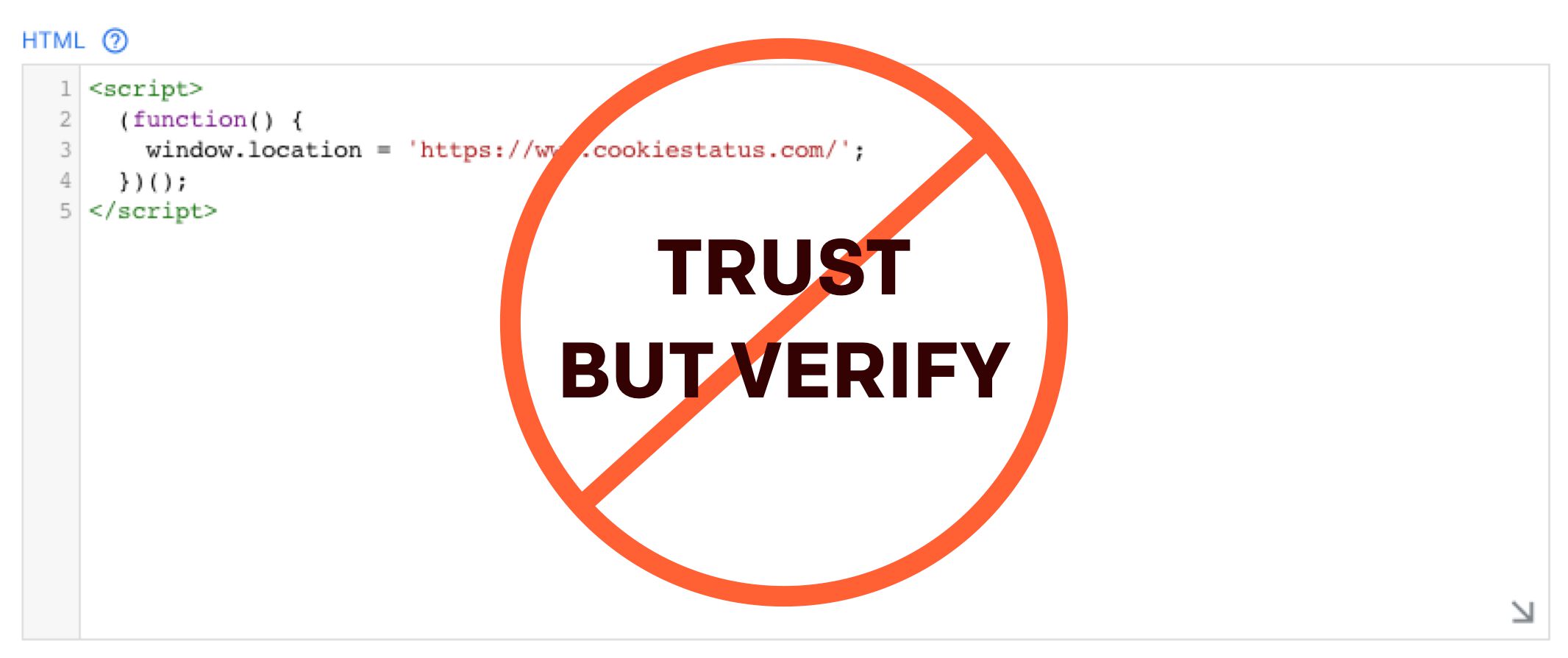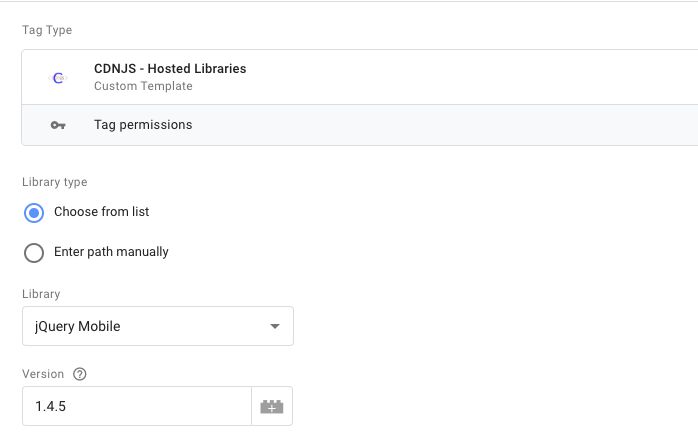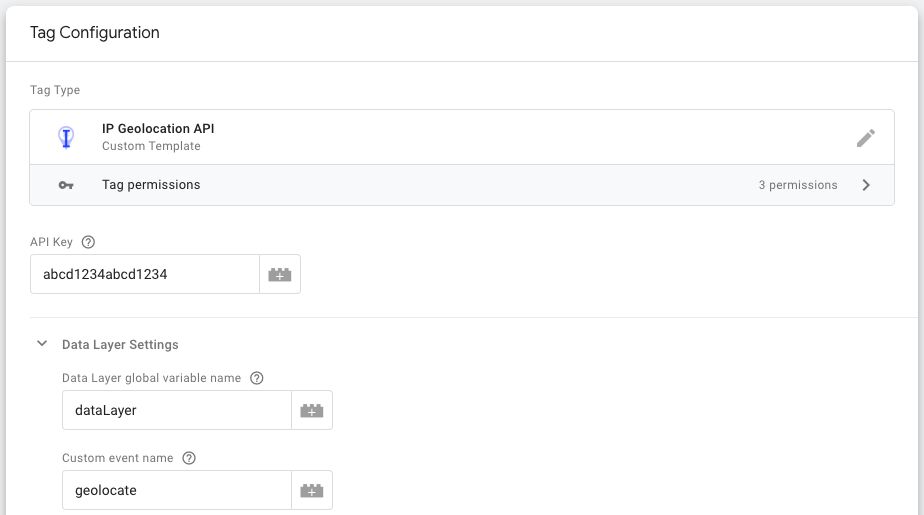One of the hard-and-fast rules in Google Analytics is that once hits have been collected and processed into your data properties, those hits are untouchable. This means that if you mistakenly collect duplicate or incorrect transactions, PII traffic, or referral spam, for example, it’s extremely difficult, if not downright impossible, to purge or change this data in Google Analytics.
Another staple of Google Analytics’ strict schema is that displacing hits in time is also very difficult.

